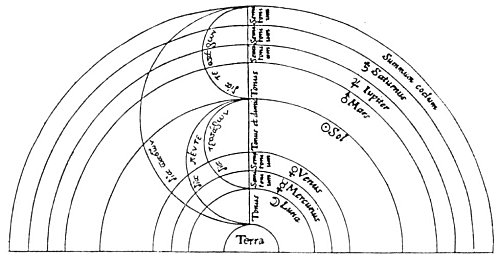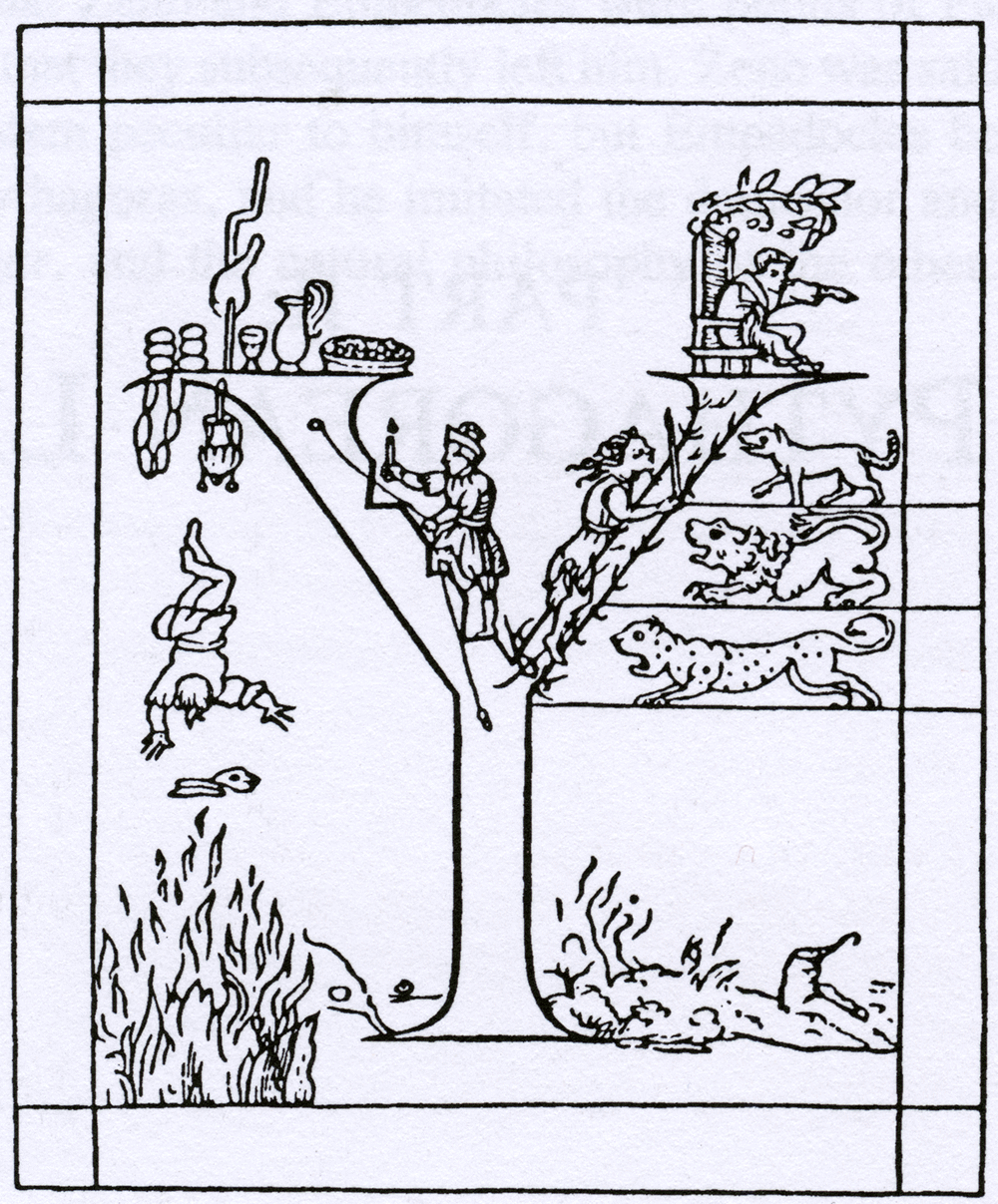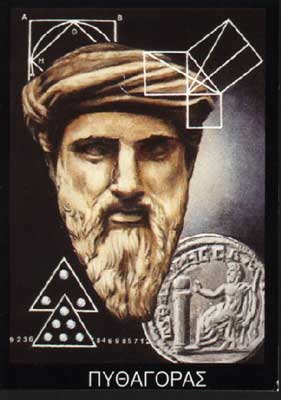The oddly-odd, or unevenly-even, numbers are a compromise between the evenly-even and the evenly-odd numbers. Unlike the evenly-even, they cannot be halved back to unity; and unlike the evenly-odd, they are capable of more than one division by halving. The oddly-odd numbers are formed by multiplying the evenly-even numbers above 2 by the odd numbers above one. The odd numbers above one are 3, 5, 7, 9, 11, and so forth. The evenly-even numbers above 2 are 4, 8, 16, 32, 64, and soon. The first odd number of the series (3) multiplied by 4 (the first evenly-even number of the series) gives 12, the first oddly-odd number. By multiplying 5, 7, 9, 11, and so forth, by 4, oddly-odd numbers are found. The other oddly-odd numbers are produced by multiplying 3, 5, 7, 9, 11, and so forth, in turn, by the other evenly-even numbers (8, 16, 32, 64, and so forth). An example of the halving of the oddly-odd number is as follows: 1/2 of 12 = 6; 1/2 of 6 = 3, which cannot be halved further because the Pythagoreans did not divide unity.
Even numbers are also divided into three other classes: superperfect, deficient, and perfect.
Superperfect or superabundant numbers are such as have the sum of their fractional parts greater than themselves. For example: 1/2 of 24 = 12; 1/4 = 6; 1/3 = 8; 1/6 = 4; 1/12 = 2; and 1/24 = 1. The sum of these parts (12+6+8+4+2+1) is 33, which is in excess of 24, the original number.
Deficient numbers are such as have the sum of their fractional parts less than themselves. For example: 1/2 of 14 = 7; 1/7 = 2; and 1/14 = 1. The sum of these parts (7+2+1) is 10, which is less than 14, the original number.
Perfect numbers are such as have the sum of their fractional parts equal to themselves. For example: 1/2 of 28 = 14; 1/4 = 7; 1/7 = 4; 1/14 = 2; and 1/28 = 1. The sum of these parts (14+7+4+2+1) is equal to 28.
The perfect numbers are extremely rare. There is only one between 1 and 10, namely, 6; one between 10 and 100, namely, 28; one between 100 and 1,000, namely, 496; and one between 1,000 and 10,000, namely, 8,128. The perfect numbers are found by the following rule: The first number of the evenly-even series of numbers (1, 2, 4, 8, 16, 32, and so forth) is added to the second number of the series, and if an incomposite number results it is multiplied by the last number of the series of evenly-even numbers whose sum produced it. The product is the first perfect number. For example: the first and second evenly-even numbers are 1 and 2. Their sum is 3, an incomposite number. If 3 be multiplied by 2, the last number of the series of evenly-even numbers used to produce it, the product is 6, the first perfect number. If the addition of the evenly-even numbers does not result in an incomposite number, the next evenly-even number of the series must be added until an incomposite number results. The second perfect number is found in the following manner: The sum of the evenly-even numbers 1, 2, and 4 is 7, an incomposite number. If 7 be multiplied by 4 (the last of the series of evenly-even numbers used to produce it) the product is 28, the second perfect number. This method of calculation may be continued to infinity.
Perfect numbers when multiplied by 2 produce superabundant numbers, and when divided by 2 produce deficient numbers.
The Pythagoreans evolved their philosophy from the science of numbers. The following quotation from Theoretic Arithmetic is an excellent example of this practice:
“Perfect numbers, therefore, are beautiful images of the virtues which are certain media between excess and defect, and are not summits, as by some of the ancients they were supposed to be. And evil indeed is opposed to evil, but both are opposed to one good. Good, however, is never opposed to good, but to two evils at one and the same time. Thus timidity is opposed to audacity, to both [of] which the want of true courage is common; but both timidity and audacity are opposed to fortitude. Craft also is opposed to fatuity, to both [of] which the want of intellect is common; and both these are opposed to prudence. Thus, too, profusion is opposed to avarice, to both [of] which illiberality is common; and both these are opposed to liberality. And in a similar manner in the other virtues; by all [of] which it is evident that perfect numbers have a great similitude to the virtues. But they also resemble the virtues on another account; for they are rarely found, as being few, and they are generated in a very constant order. On the contrary, an infinite multitude of superabundant and diminished numbers may be found, nor are they disposed in any orderly series, nor generated from any certain end; and hence they have a great similitude to the vices, which are numerous, inordinate, and indefinite.”
THE TABLE OF THE TEN NUMBERS
(The following outline of the Pythagorean numbers is a paraphrase of the writings of Nicomachus, Theon of Smyrna, Proclus, Porphyry, Plutarch, Clement of Alexandria, Aristotle, and other early authorities.)

Moe is the founder of GnosticWarrior.com. He is a father, husband, author, martial arts black belt, and an expert in Gnosticism, the occult, and esotericism.







